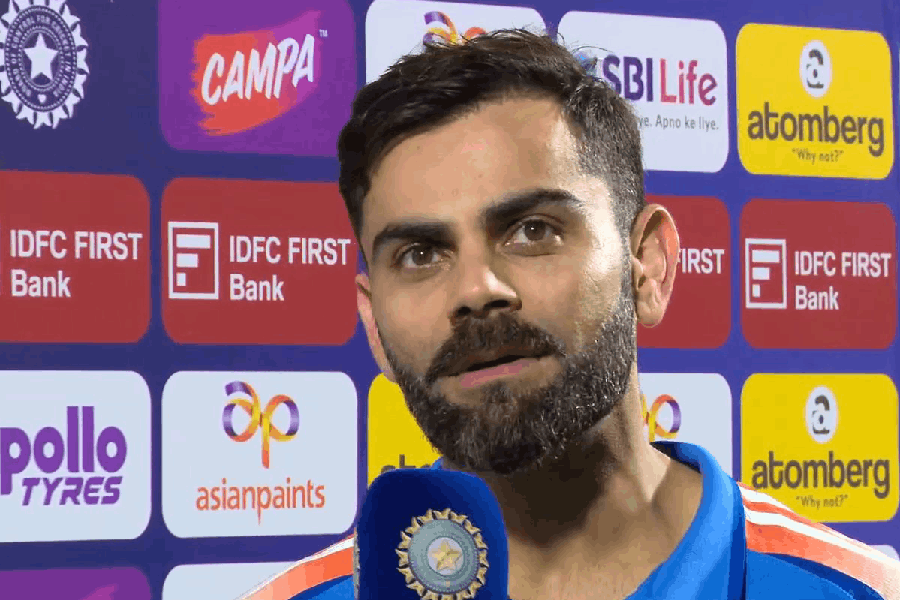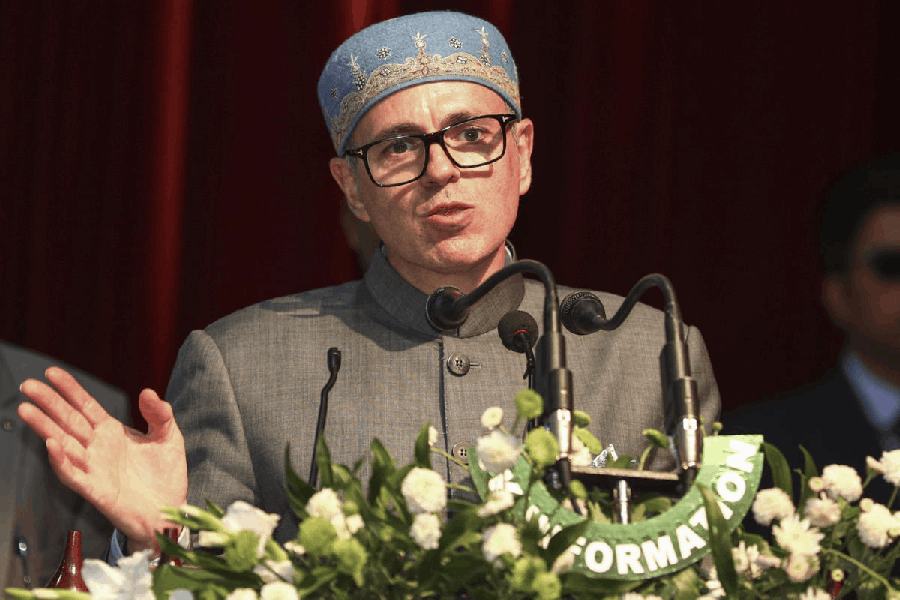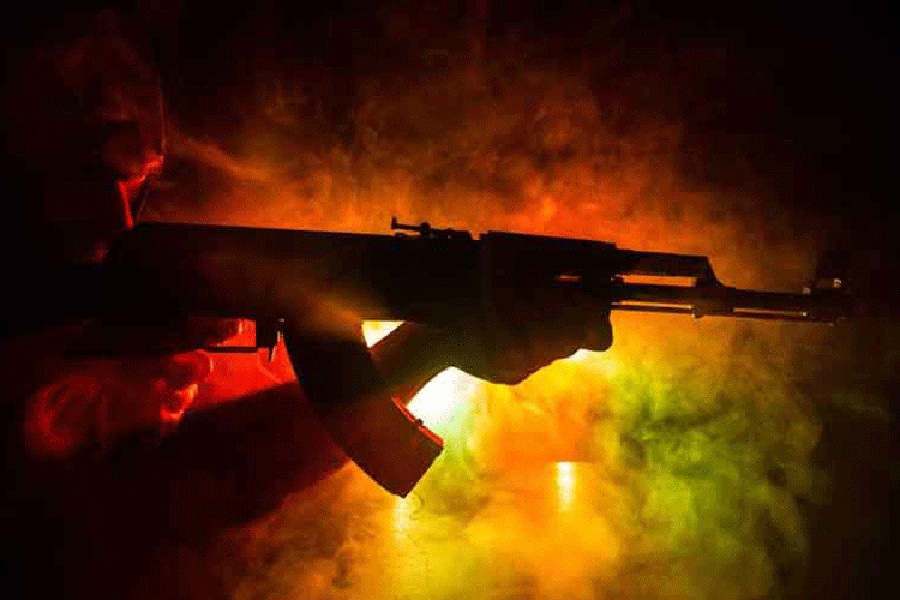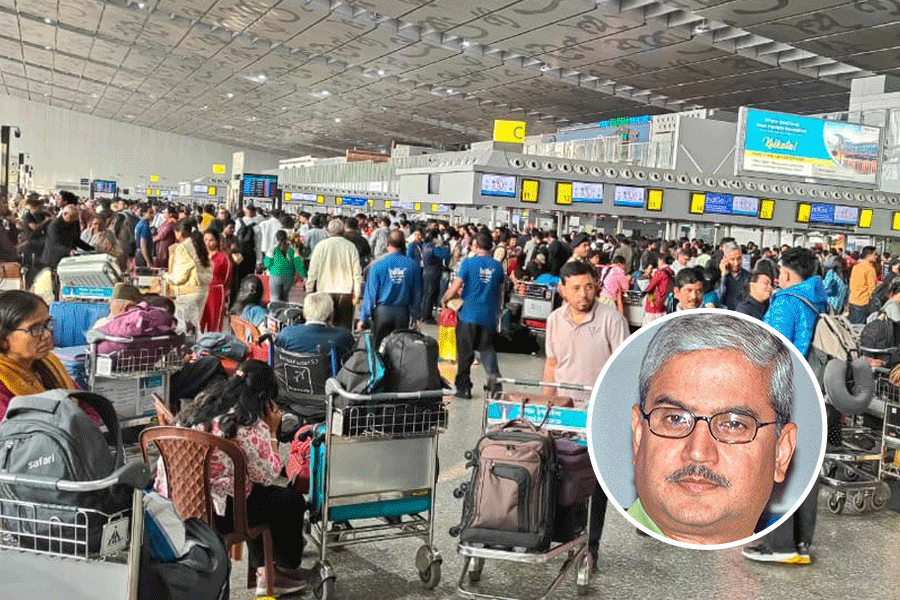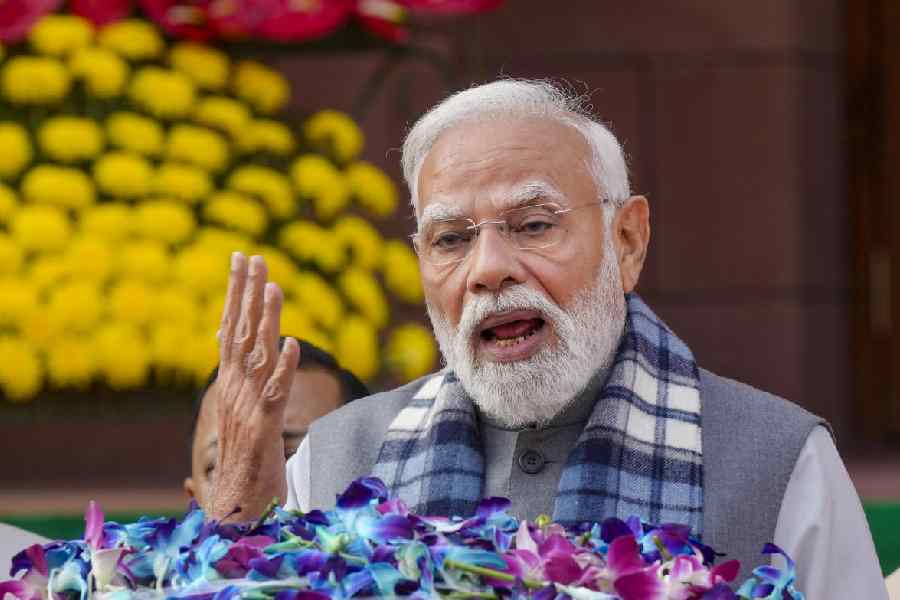 |
What do you call a man who has made attaching printers, scanners, external hard drives to computers as easy as switching on a computer? What do you call a man who has made it possible to charge mobile phones (and much more) using a computer? What do you call a man who has given us the Universal Serial Bus or USB? A genius, maybe?
Ajay V. Bhatt has changed the world of computers in more ways than one. He is the chief architect and co-inventor of technologies such as USB, Accelerated Graphics Port, PCI Express, platform power management architecture and various personal computer enhancements.
The 1957-born technology pioneer, after graduating from The Maharaja Sayajirao University of Baroda, went on to receive a master’s degree from The City University of New York. After working with a few companies for 10-odd years he joined Intel in 1990. And there was no looking back.
The USA-based techie is today Intel fellow, Platform Engineering Group and chief platform architect, PC Client Group.
He shares his story with t2.
What inspired you to come up with the USB?
My inspiration actually came at home from my own and family’s struggles with connecting peripherals to a computer at home. The whole experience was painful and frustrating, as it required struggling with the device driver software, cables and several reboots of the computer. For example, at times, just to print a document, which should take a few seconds, took an hour just to set up the printer.
Was having a clutter-free experience connecting devices the only priority? Or were you also thinking of ways the USB can be used to charge devices?
Our goal was to make computers easy to use and promote new usages for the computers. Making things “plug and play” (that is, easy to set up) was a major goal. The power was provided on wire to supply enough power for mouse and keyboard. The charging was actually formalised much later.
If you were to make the USB all over again, would you make any changes?
I would definitely change the connector; we could have done a better job on the connector. In any case, a new connector specification is now completed. The new USB specification that got published last week will improve the USB experience significantly (faster, easier and more power) in future products, starting next year.
Is there any feature in the current USB that’s similar to the one that you had come up with in 1996?
While the speed of USB has evolved over time, the fundamental architecture today is the same as what we had conceived originally. So, yes, largely the original concepts are going forward even today.
Since the USB can be seen everywhere, have you come across strange ways that it’s being used?
I was in China and I got to see hand warmers, coffee warmers and USB-based battery cells to name a few.
In what ways do you think the USB will keep evolving?
A new spec just got published last week. This will take USB forward for the next decade and beyond.
You had to work with several companies besides Intel –– Compaq, Microsoft, IBM, Nortel and so on –– to come up with a solution. Finding consensus must have been a big issue….
While the original proposal was developed at Intel, working with other companies to review and enhance the specification was invaluable. Yes, it would have been easy for Intel to run fast but working with others was a better approach and made USB specification much better and applicable to many use cases we had not originally considered. Each of the companies looked at the USB from their vantage point and contributed to making our specification more complete. The success and the longevity of the USB can truly be attributed to our partners and the rest of the industry, who adopted USB specification for their products.
Did you receive support from the management at Intel when you discussed the idea?
Our management usually gets many, many new ideas on a regular basis. However, each of us, who have a vision or a new proposal, has to go through a rigorous review process. Sure enough, initially, my idea did not resonate with my management. So I had to keep working on it and refine my proposal till I had enough support from others in the company.
So, what brought you to Intel in 1990?
I was hired by Intel to work on the multiprocessor system architecture and components, truly a new business for Intel and something I had worked on at my previous employer, Wang Laboratories.
You have been an Intel person for decades now. What is it about the company that still excites you?
I had worked for other companies for 10 years prior to joining Intel. However, Intel is the company where I have now worked for the last 24 years and the longest. At Intel I have access to a variety of people with expertise in diverse areas of computer, thus by collaborating with others I am able to have much more complete proposals for future products.
In 2009, Intel came up with a brilliant ad with the tag line: “Our rock stars aren’t like your rock stars”. Did you feel like a rock star after the ad –– in which Sunil Narkar played the role of Ajay –– aired?
I personally did not feel like a rock star but a lot of people in the industry, who understand the significance of my work, treated me specially.
 |
What is the future of Intel India?
The future of Intel is very bright in India. We do some of the most advanced technical development on phones, tablet, PCs and servers.
You graduated from the Maharaja Sayajirao University in Baroda and left for the US to pursue higher studies. Share a bit about your childhood in India.
I grew up in Baroda, aka Vadodara, Gujarat (was born in Bangalore). My dad was a professor in fine arts. As a kid I was more interested in sports, cricket, soccer, basketball and swimming and I did make it into the state and university teams. I was also always quite curious about knowing how things worked and always interested in fixing things. Initially, I took apart more things than I could fix but over time I got better!
What was the first thing you ever assembled or fixed?
As a kid I used to fix clock and radios. Now, I fix all sorts of stuff around the house.
Do you still have family (he has two brothers and two sisters) in India?
My younger sister (Minaxi Mistry) and her family still live in India. My brother-in-law (Asit Mistry) is in the Army.
 |
Meet Ajay Bhatt
Born: 1957
Based in: Hillsboro, Oregon, USA
Education: Graduated from Maharaja Sayajirao University of Baroda, received master’s degree from The City University of New York.
Works at: Intel since 1990. He is Intel fellow, Platform Engineering Group and chief platform architect, PC Client Group.
Achievements: Chief architect and co-inventor of broadly adopted technologies such as USB, Accelerated Graphics Port, PCI Express, platform power management architecture and various personal computer enhancements.
Patents: Currently holds 32 patents with several in various stages of filing.
Recognitions: Includes being named one of The Most Influential Global Indians, The Light of India Award 2012; The Asian Award 2013 for outstanding achievement in Science and Technology; EU Inventor award 2013 for his contributions to the development of USB.


